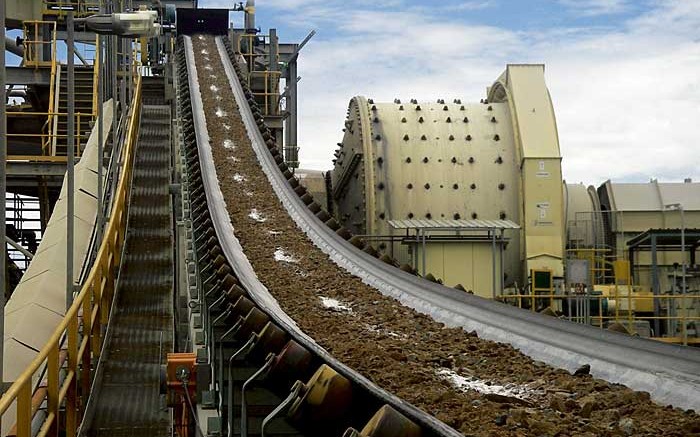African Barrick Gold (ABG-L) has endured its fair share of criticism over the last few years. There have been misses on production targets and social unrest around its assets in Tanzania. Then there was a failed takeover bid from a deep-pocketed Chinese firm.
The company seemed more volatile than its parent company and largest stakeholder Barrick Gold (ABX-T, ABX-N) — and maybe this volatility is why the senior spun out its Tanzanian assets into African Barrick Gold two years ago.
But now it’s the senior Barrick that is suffering under a steady stream of negative news and a severely languishing stock price. Barrick’s woes began with an expensive and unpopular acquisition of Equinox Minerals, but more recently they have been tied to suspended development at its Pascua-Lama project, and word that Moody’s could downgrade its debt.
That latest news contributed to Barrick’s market capitalization sliding to less than half of what it was a year ago.
African Barrick, on the other hand, surprised the market with positive news.
The company reported first-quarter gold sales of 148,000 oz., which beat BMO Capital Markets’ expectations of 141,000 oz. Cash costs also came in slightly lower than expected at US$931 per oz., beating BMO’s forecast for $984 per oz.
At the Tulawaka mine the company sold 3,900 oz. gold, at North Mara it sold 59,000 oz. and at Buzwagi it sold 51,800 oz. Another 33,400 oz. came from its Bulyanhulu mine.
All of the mines are located in Tanzania.
The company says it is on track to reach its production guidance for the year of 540,000 to 600,000 oz., at cash costs within a range of US$925 to US$975 per oz.
BMO forecasts production of 589,000 oz. gold at US$996 per oz. cash costs for the full year.
The company says its carbon-in-leach expansion at Bulyanhulu is on time and on budget. Production from the expansion is expected by next March.
The company is also developing the Bulyanhulu Upper East project, where production is expected by 2015.
But like the company it was born from, African Barrick is no stranger to hardship.
The company was the target of a failed takeover attempt by China National Gold, with the senior Barrick negotiating the sale of its 74% stake in African Barrick to the company.
During the takeover attempt the company had been riddled by production disappointments and violent outbursts at its North Mara mine.
African Barrick launched an operational review earlier this year to get a better handle on its corporate affairs. The review could help reduce operating costs, instill capital discipline, optimize organizational structure and mine planning, and reduce corporate overhead.
The company is aiming to cut sustaining capital expenditure by US$50 million this year and its exploration budget by US$22 million.
As part of its cost-cutting efforts this quarter, it has already closed Tulawaka — its highest-cost producer — and cut corporate overhead by 15%.
BMO Capital Markets analyst David Haughton has a “market perform” rating for African Barrick, and a target price of $2.60.


Be the first to comment on "African Barrick rights the ship"